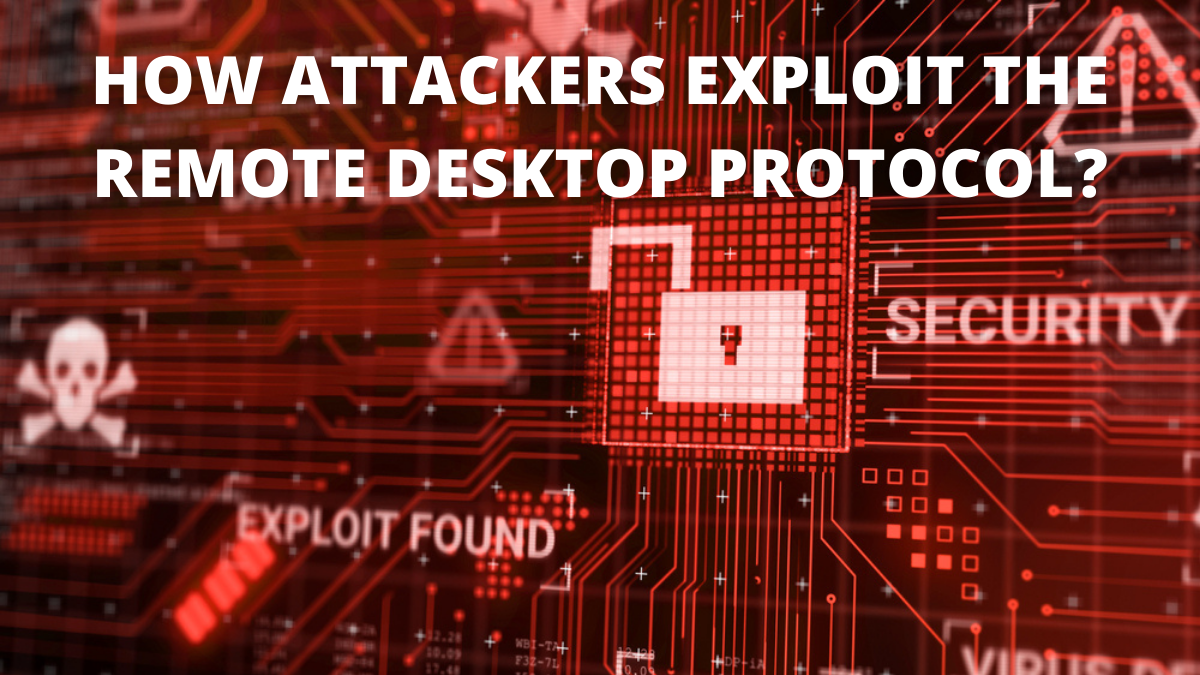You may have heard the term “script kiddies”, which usually refers to adults who hack into business networks. However, lately there has been a significant rise in cybercrime attacks from actual school-age children. A new report from the UK’s National Crime Agency has found the average age for DDoS hackers has dropped to 15, with some students being as young as nine years old. The issue is that DDoS attacks are easy enough for even a kid to carry out.
You can read my analysis of the trend and what the UK is doing to stem the tide here in a blog for Avast.
 The often-exploited Remote Desktop Protocol (RDP) is once again in the news. This time, it has a new attack vector that was
The often-exploited Remote Desktop Protocol (RDP) is once again in the news. This time, it has a new attack vector that was